| Series |
What it looks like |
Came into service |
Left service |
Operating speed
(Max. Speed) |
Notes |
| 0 |
 |
1st Oct 1964 |
14th Dec 2008 |
220km/h |
Used on the Hakata-Minami, Tokaido and San'yo lines.
This was never designated the zero series, that was applied retroactively. |
| 100 |
 |
1st Oct 1985 |
16th Mar 2012 |
220km/h - 230km/h |
Used on the Hakata-Minami, Tokaido and San'yo lines. |
| 200 |
 |
23rd Jun 1982 |
14th Apr 2013 |
240km/h - 275km/h |
Used on the Joetsu, Gala-Yazawa, Tokaido and San'yo lines. |
| 300 |
 |
1st Mar 1992 |
16st Mar 2012 |
270km/h |
Used on the Tokaido and San'yo lines |
| 400 |
 |
1st Jul 1992 |
18th Apr 2010 |
240km/h |
Used on the Tohoku and Yamagata lines |
| 500 |
 |
1st Mar 1997 |
Still operating |
285km/h - 300km/h |
Used on the San'yo and Hakata-Minami lines |
| 700 |
 |
13th Mar 1999 |
Still operating |
270km/h |
Used on the San'yo and Hakata-Minami lines.
The rail-star was a variation of the 700 series. It had different livery. |
| N700 |
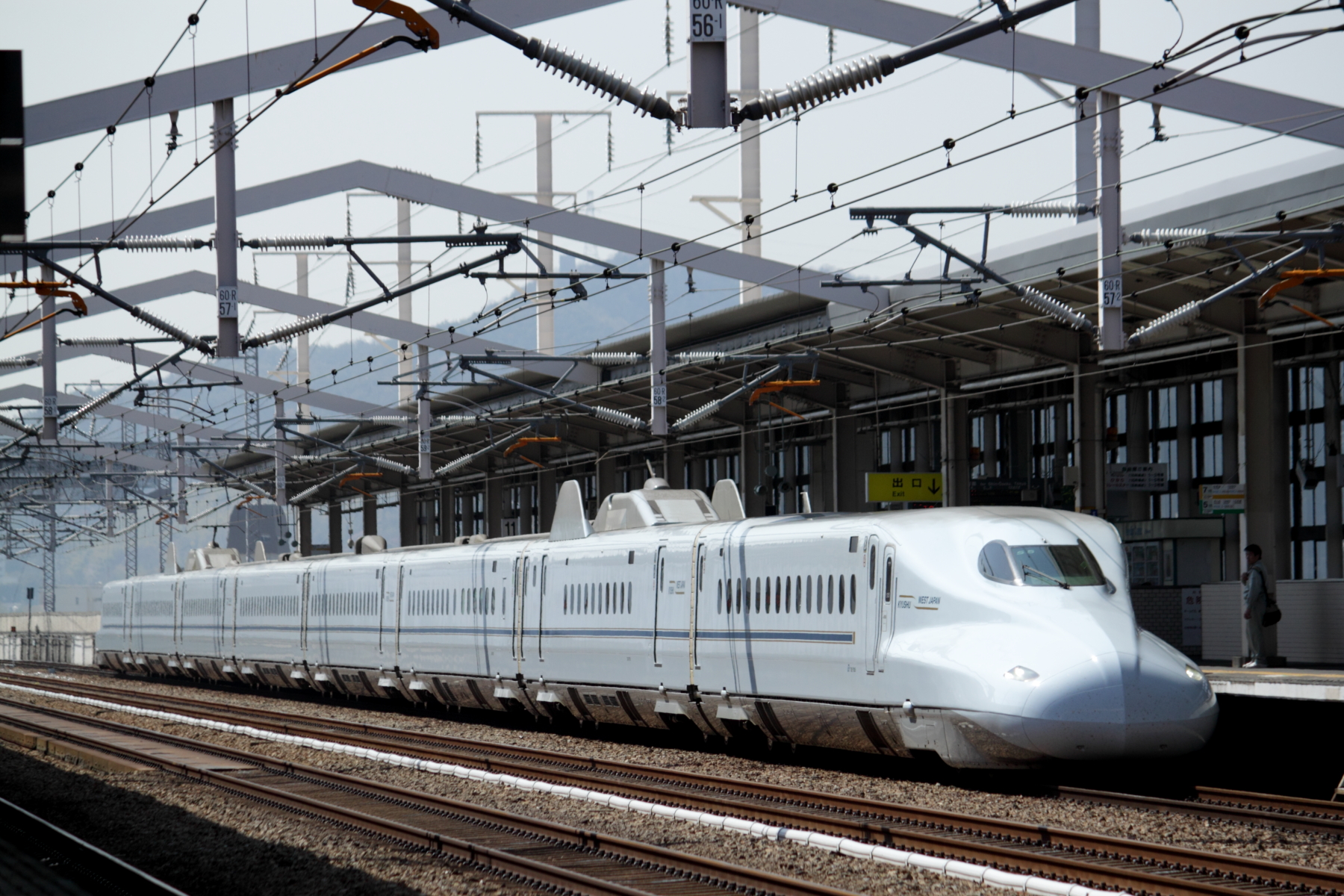 |
1st Jul 2007 |
Still operating |
260km/h - 300km/h |
Used on the Kyushu, Hakata-Minami, Tokaido and San'yo lines.
Externally all of the N700 variants look similar.
All N700 sets have been upgraded to an N700A. |
| N700A |
 |
8th Feb 2013 |
Still operating |
260km/h - 300km/h |
Used on the Kyushu, Hakata-Minami, Tokaido and San'yo lines.
Externally all of the N700 variants look similar.
The 'A' stands for Advanced. They have improved cornering and brakes.
If the "A" is the same size as the "N700", it was an advanced version from the start.
If the "A" is bigger than the "N700", it is an upgraded N700. |
| N700S |
 |
1st Jul 2020 |
Still operating |
260km/h - 300km/h
(322km/h) |
Used on the Nishi Kyushu, Hakata-Minami, Tokaido and San'yo lines
Externally all of the N700 variants look similar.
The 'S' stands for Supreme. It is faster than the N700A. |
| 800 |
 |
13th Mar 2004 |
Still operating |
260km/h - 300km/h |
Used on the Kyushu line. |
| E1 |
 |
15th Jul 1994 |
28th Sep 2012 |
240km/h |
Used on the Tohoku and Joetsu lines. |
| E2 |
 |
22nd Mar 1997 |
Still operating |
260km/h |
Used on the Tohoku line. |
| E3 |
 |
22nd Mar 1997 |
Still operating |
275km/h |
Used on the Akita, Tohoku, Yamagata and Joetsu lines. |
| E4 |
 |
20th Dec 1997 |
17th Oct 2021 |
240km/h |
Used on the Joetsu and Tohoku lines. |
| E5 |
 |
2011 |
Still operating |
320km/h |
Used on the Tohoku line.
The E5 and H5 were jointly developed for JR East and JR Hokkaido.
They will also be used im Mumbai-Ahmeddabad in 2026. |
| H5 |
 |
2016 |
Still operating |
320km/h |
Used on the Hokkaido line.
See E5 above. |
| E6 |
 |
16th Mar 2013 |
Still operating |
320km/h |
Used on the Tohoku and Akita lines. |
| E7 |
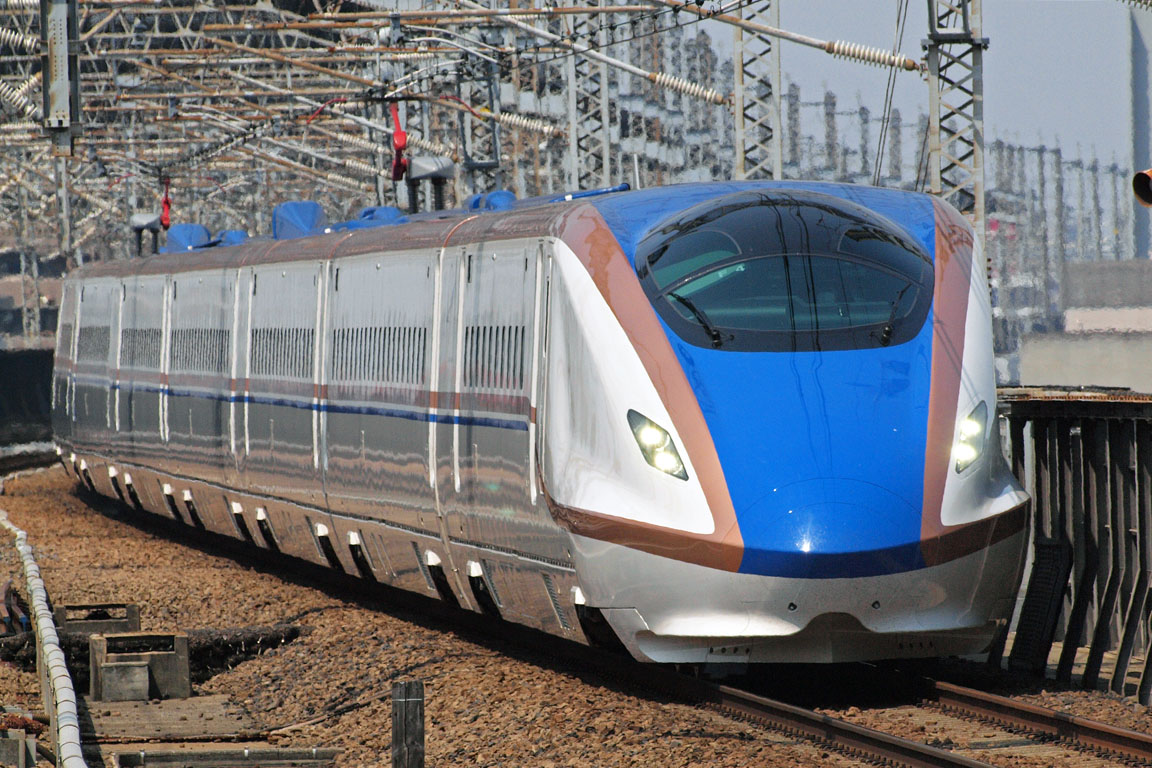 |
15th Mar 2014 |
Still operating |
275km/h |
Used on the Hokuriku and Joetsu lines
The E7 and W7 where jointly developed for JR East and JR West. |
| W7 |
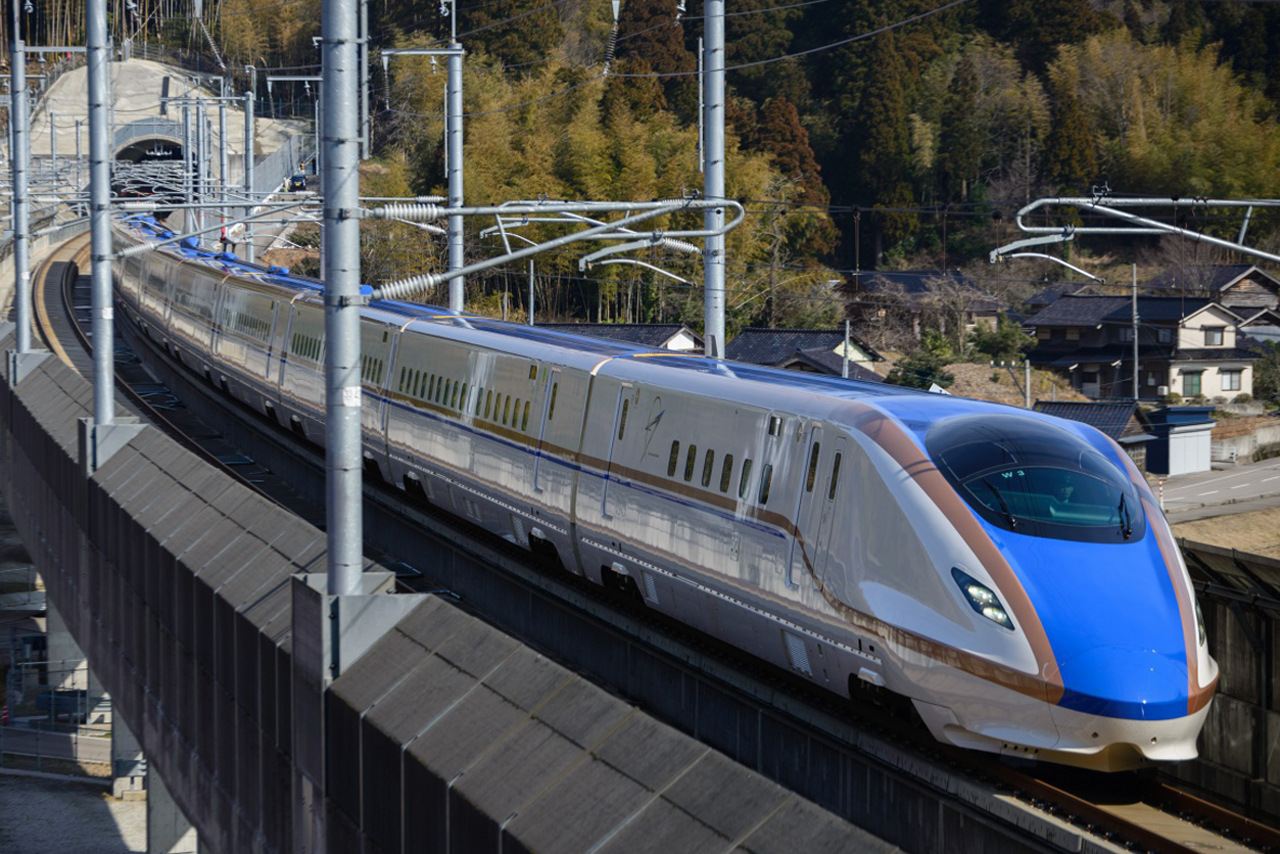 |
14th Mar 2015 |
Still operating |
275km/h |
|
| E8 |
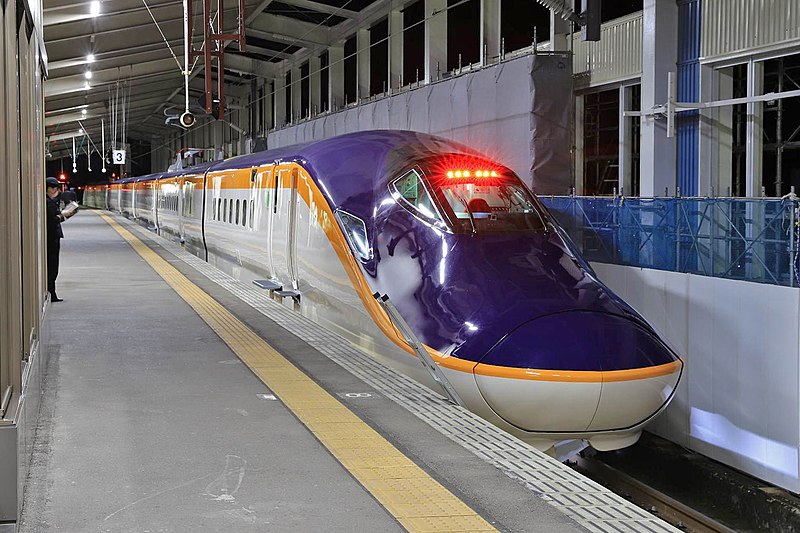 |
Planned for 2024 |
N/A |
300km/h |
Will be used on the Tohoku and Yamagata lines. |
| L0 |
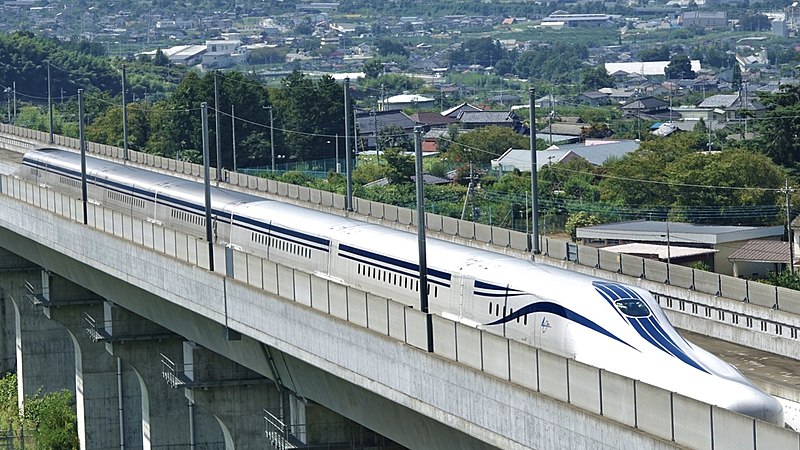 |
Planned for 2027 for Nagoya, 2037 for Shinosaka. |
N/A |
505km/h |
Will be used on the Chuo line. |






















 This page has been viewed times.
This page has been viewed times.